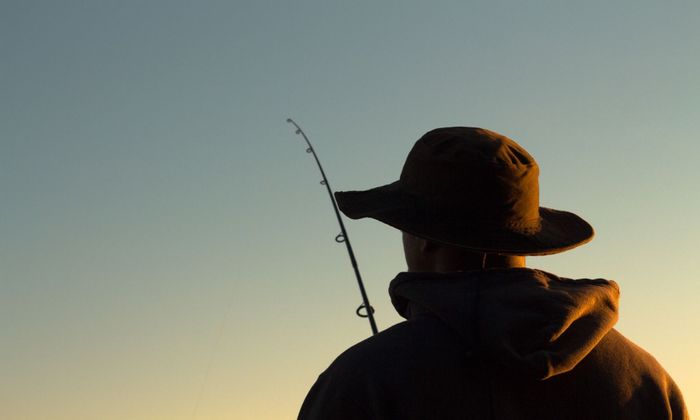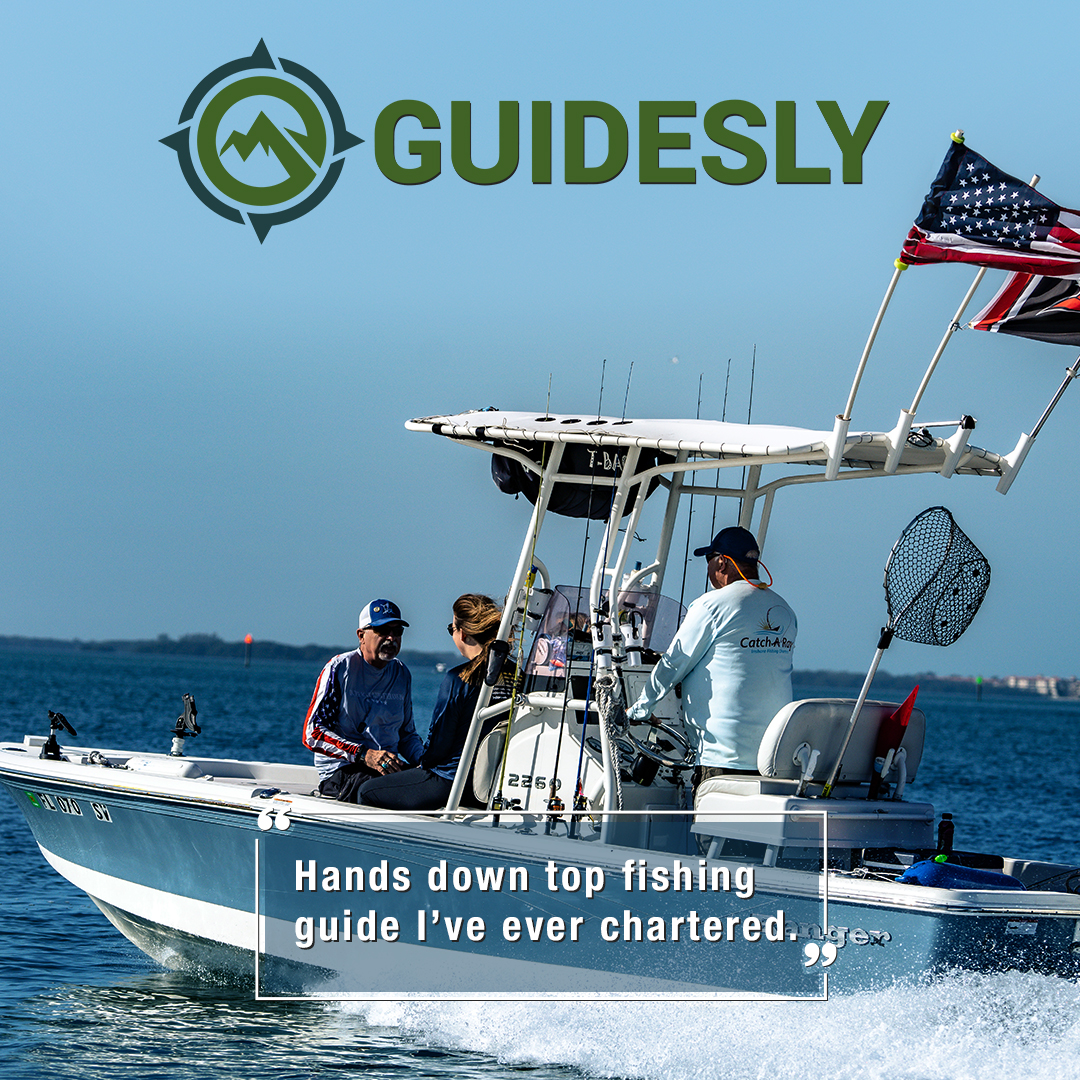Ultralight Fishing: All You Need To Know
Ultralight fishing is steady climbing in popularity. Here's everything you need to know.

Fishing is a gear-heavy sport. Though in the past a fishing set-up could have just been a rod, reel, and tackle, modern-day innovations have provided fishermen all over the world with more helpful equipment when out on a fishing trip. Gear like trolling rigs, heavy rods for fly fishing, and tons of fish-specific lures are often used by present-day anglers. Yet in recent memory more and more anglers have been using ultralight gear in order to catch loads of fish.
What is Ultralight Fishing?
This type of fishing revolves around using the lightest gear possible to catch fish. Originating from anglers specifically targeting trout, the use of ultralight lures and rods worked well in clear rivers where trout usually reside. Nowadays this way of fishing has extended to catching other fish. Most of the time, this technique is used on freshwater areas; catching fish like walleye, bass (largemouth and smallmouth), trout, crappie, and bluegill; among others.
Why is Ultralight Fishing Popular?
Ultralight fishing has many benefits, the most basic is that it’s easier to handle, at least in terms of its weight. Rods considered to be ultralight are mostly under 6 lbs, definitely something an adult can hold on to for long periods of time. Another reason why this type of fishing is popular is that it makes every encounter with a fish a little bit more difficult. The thinness of the line makes it hard for the fish to see it, but in contrast, will make it harder to reel in. Even small bass and panfish will make catching them a fun fight. Keep in mind, however, that because of its lack of weight, lines are easier to break especially when targeting bigger fish.

Picking the Right Gear
Rods
Most ultralight fishing rods have a length of 4” to 5”, these ones are usually used for catching small fish like panfish and trout. Those looking to catch bigger fish like bass should opt for a longer rod from about 6” to 9”, in order to accommodate their weight. Most anglers prefer to use rods with lengths in the range of 5” to 6” which have a wider array of fish the rod can handle. Look out for rods using graphite as a base as they’re light enough but can still have an effective backbone. One of the most popular ultralight rods out in the market, the St. Croix uses graphite as a base, with hard aluminum-oxide guides making them light enough. Fenwick rods have both graphite and fiberglass-based rods. Their rods work well against medium-sized fish like trout and bass but have trouble feeling bites from small fish like panfish.
The rule of thumb when picking out rods, however, is having one that can handle 1/32 to ¼ oz lures, as well as passing 1 lb to 4 lbs line test. It doesn’t have to be as accurate, but since lures and lines, in general, are in that range, picking a rod that can handle them will save you time and money in the long run.
Reels

Simply enough, choosing a reel for your rod means anglers have to match it in addition to its line rating. Another thing to consider is how fast a reel can retrieve the line. Lightweight reels have an ever so slightly retrieve compared to bigger reels, mainly because of their smaller diameter. A bigger reel takes in more of the line because of its size compared to smaller reels. When picking out a reel, most anglers recommend getting a 1000 size reel. With a gear ratio of 6.2:1, and a retrieval rate of 26 inches per spin, the Shimano Sedona spinning reel is a real bang for the buck with its $70 price tag. It only weighs 8.6 ounces and has a 7 lbs maximum drag force. Finally, this reel can handle at most a 270-yard line on a 2 lbs line test and 140 yards on 4 lbs. On the other end of the spectrum is the Daiwa Tatula CT Type-R Baitcast reel with a $179 price tag. The Daiwa reel boasts the T-wing casting system that enhances both accuracy and cast distance. It weighs 7.21 ounces and can handle fish weighing around 13.2 lbs. It also comes in both left and right-handed models, as well as in gear ratios of 6.3:1, 7.3:1, and 8:1.
Lines and Lures
Following the trend of downsizing equipment, most lines used on ultralight equipment are in the range of a 1lb to 6lb line test. When choosing a type of line, monofilament, braid, and fluorocarbon are all equally effective but vary from fish to fish. For example, braided lines are very effective on bass. Keep in mind that catching bigger fish is harder and can result in broken lines.
Lures used in this technique are also pretty much smaller. One benefit to its size is that they’re more familiar with the fish in the area. 6 lb bass are more likely to feed on something proportionate to their size. Jigs and crankbaits around the 1/16, 1/20, and 1/32 ounces are generally used by other anglers. Small topwater lures are also effective when paired up with small worms as bait.
Tips and Tricks for Ultralight Fishing
Make Use of Your Body
A lot of times anglers tend to rely on the strength of a line or the rod. This isn’t the case with using ultralight gear. Doing so will only lead to broken lines, rods, and wasted money. What ultralight fishing challenges anglers to do is to stop relying on gear and more on personal technique. Having well-planted feet, and shoulders squared to it are just some of the things anglers can do to keep a good center of balance. Similar to fly fishing, casting is also an important factor, the difference being the general weight of either lure. When first trying it out, many anglers may be surprised with how light the cast can be and in turn, overextend.

Sharpen Hooks
As with any type of fishing, it’s good to use sharp hooks, though this cannot be stated enough when it comes to using lightweight gear. Ultralight fishing isn’t reliant on the strength of the rod and line. Using a sharp will keep the fish in place, especially since most fish caught using this technique are generally smaller.
Following trends, ultralight fishing is definitely something that’s getting more and more popular. It provides a bigger challenge in its reliance on finesse and equipment know-how more so than by using traditional gear. It very much turns every fishing opportunity into a more challenging one. Although anglers are now using this type of angling for other fish, trout anglers will definitely find ultralight equipment better to use. In the end, there are many ways to go about fishing. Its flexibility when choosing equipment is also one of its perks.




